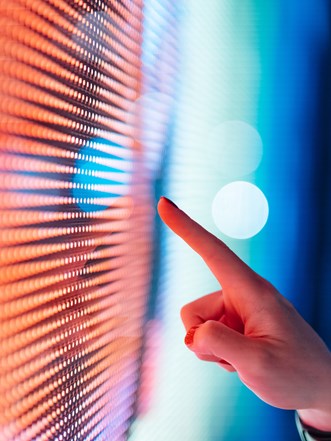
Project Sunrise: Qantas’s Jet-Lag-Beating Cabin Lights
Published 07 August 2024
As part of its efforts to maximise in-flight passenger wellbeing, Australian airline Qantas has devised a new circadian-rhythms-inspired lighting system for use on its ultra-long-haul flights. The lighting effects, which mimic the sun across Australian landscapes, will help travellers adjust to changing time zones before landing.
Project Sunrise: Qantas’s Jet-Lag-Beating Cabin Lights


Topics

Want to see the full report?
Offering access to over 350 consumer and cross-industry reports annually, Stylus Membership is your window to tomorrow’s most exciting opportunities.
We already arm more than 500 of the world’s most forward-thinking brands and agencies with the creative insights they need to make transformative business decisions.
We’d love to do the same for you.
Book a demo with us today to discover more.
More Reports From Stylus
More Reports From Stylus
Graphics & Illustration Trend Showcase 26/27
Driven by themes of positive protest, joyful hedonism and whimsical nostalgia, contemporary graphic design and illustration have the power to elevate a host of products, spaces and services. We’ve curated 12 distinctive visual directions to inspire fashion, beauty, interiors, food and beyond, from ghostly, blurred...











